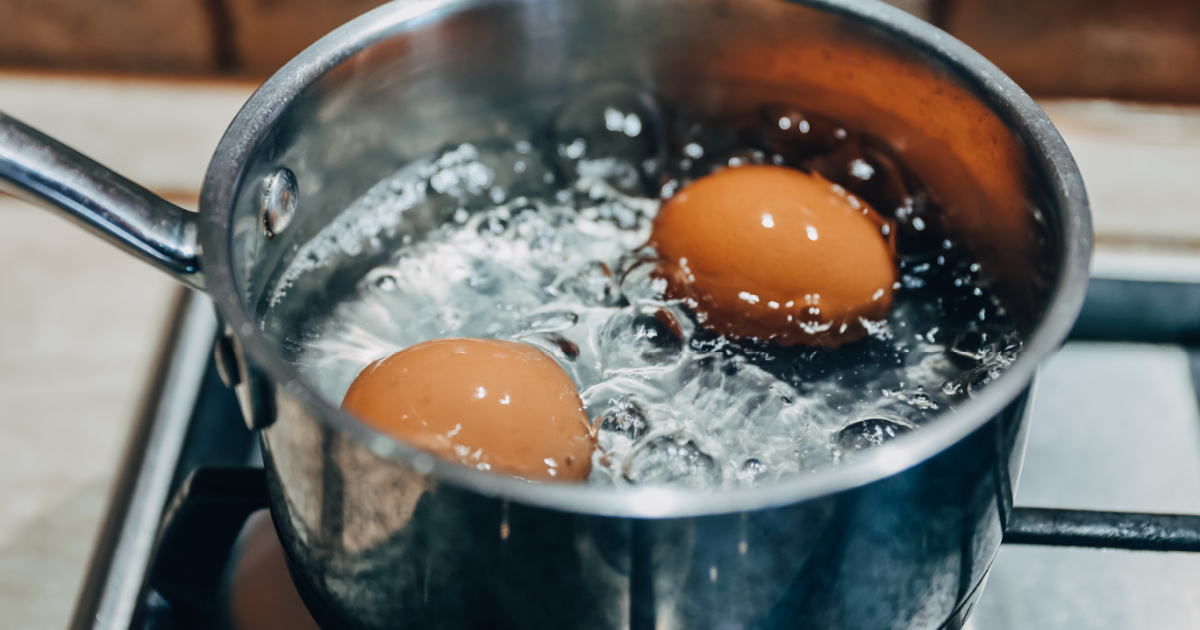
Listen, I don’t know if you’ll ever find yourself on Mount Everest in the first place, never mind in need of a boiled egg.
But you know. It’s always good to be prepared.
And the laws of thermodynamics are always interesting.
The issue is with how high Everest is above sea level and the boiling point of water.
At sea level, it’s 212°F, but as different pressures are applied, the point is more of a line.
The higher you are above sea level, the lower the temperature you need to bring water to a boil.
For every 990 feet of elevation, the boiling point drops by around 1.8°F.
La Rinconada is the highest permanent inhabited settlement at around 16,600 feet. There, water boils at just 181°F.
You can still boil eggs, but making coffee can be a bit of a trick.
The top of Mount Everest is a staggering 29,031 feet above sea level, and has about a third of the atmospheric pressure of La Rinconada. There, the boiling temperature is 154°F – not hot enough to completely cook an egg.
Egg whites and egg yolks are made of difference substances, which means the proteins coagulate at different temperatures.
The whites coagulate at 176°F, and the yolks need to be at least 158°F to get the job done.
You could technically still cook an egg up there with a pressure cooker.
But given the fact that your body would be slowly dying from lack of oxygen the entire time, I wouldn’t suggest taking the time.
If you thought that was interesting, you might like to read a story that reveals Earth’s priciest precious metal isn’t gold or platinum and costs over $10,000 an ounce!